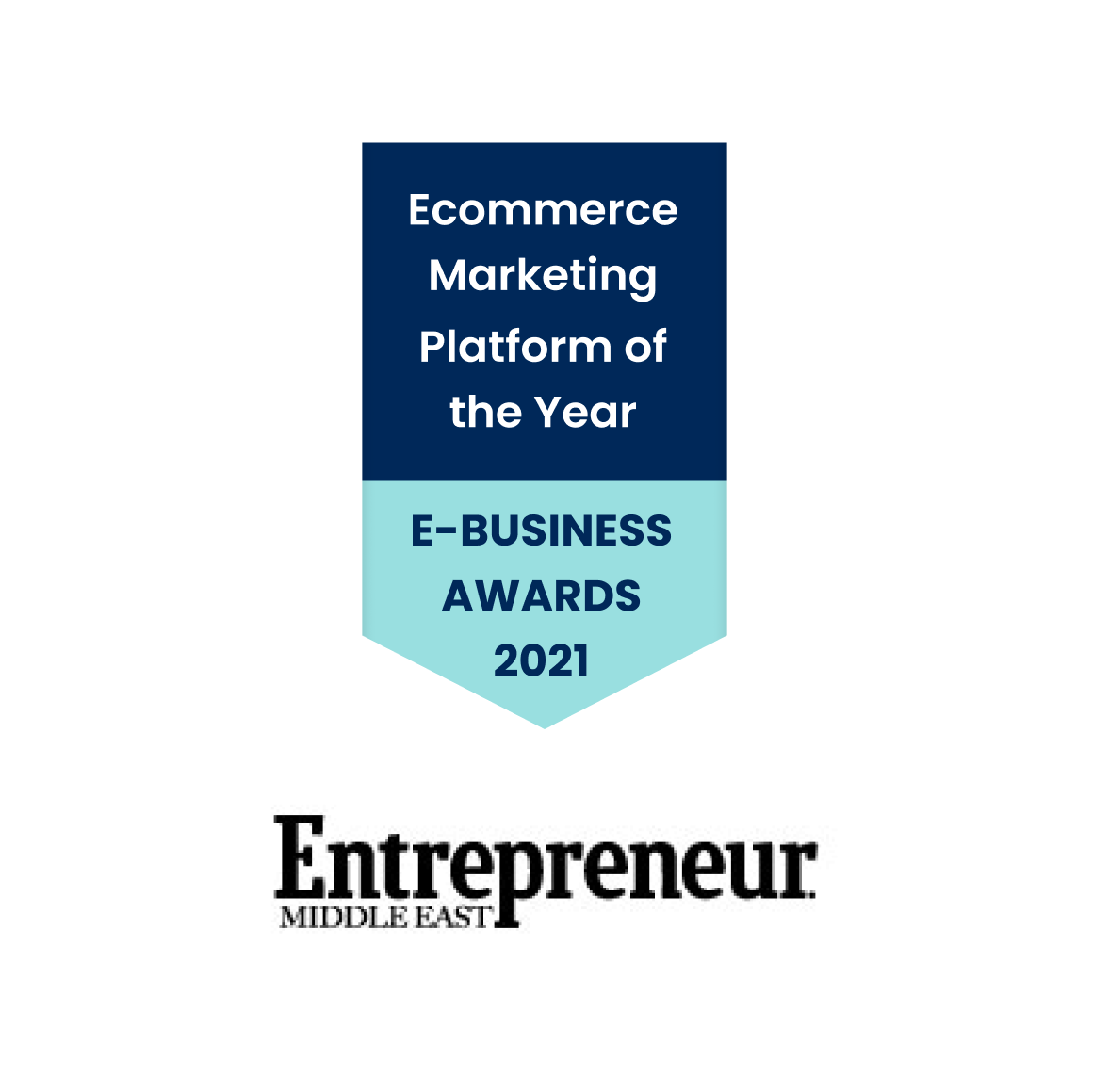
A Guide to Maximizing Retail Media Advertising Spends in Ecommerce
Varun | February 13, 2024
Share via
In the rapidly evolving realm of ecommerce, the strategic allocation of advertising budgets within retail media has become the linchpin for achieving brand success. This detailed guide is meticulously curated to cater to the intricacies of the Middle East and North Africa (MENA) region, offering ecommerce brands and agencies an extensive roadmap to extract maximum value from their retail media advertising budgets.
Understanding the MENA Ecommerce Landscape
Navigating the diverse MENA ecommerce terrain necessitates a deep understanding of the unique characteristics that shape consumer behavior and preferences.
Cultural Sensitivity in Ad Campaigns
Cultural Intelligence: Develop campaigns that reflect a deep understanding of the cultural diversity within MENA.
Local Traditions Integration: Integrate local traditions seamlessly into campaigns, showcasing an understanding and appreciation for cultural nuances.
Language Adaptation: Tailor messaging to resonate with local languages and dialects, fostering a sense of connection with diverse audiences.
Regional Storytelling: Craft narratives that align with regional stories and histories, creating an emotional bond with consumers.
Celebration Alignment: Align campaigns with regional celebrations and festivities, enhancing relatability and engagement.
Visual Aesthetics: Embrace visual aesthetics that resonate with local preferences, ensuring a visually appealing and culturally relevant approach.
Mobile-First Advertising
Responsive Design: Prioritize responsive design to ensure an optimal user experience across a plethora of mobile devices.
App-Centric Strategies: Leverage mobile applications to reach consumers directly, capitalizing on the prevalence of app usage.
Geo-Targeting: Implement geo-targeting strategies to deliver hyper-localized content and promotions, maximizing relevance.
Mobile-Friendly Content: Optimize content for mobile consumption, considering shorter formats and compelling visuals.
Mobile Payment Integration: Integrate mobile-friendly payment options to streamline the purchasing process for mobile users.
Push Notifications: Utilize push notifications judiciously to engage and re-engage mobile users effectively.
Localization Strategies
Regional Customization: Customize campaigns for specific regions within MENA, acknowledging and respecting regional differences.
Localized Product Offerings: Tailor product offerings to cater to the preferences and needs of specific local markets.
Localized Landing Pages: Create landing pages that are localized, ensuring a seamless and contextually relevant user journey.
Local Influencer Collaborations: Collaborate with local influencers to amplify campaigns and enhance authenticity.
Regional Trends Utilization: Stay abreast of regional trends and incorporate them dynamically into marketing strategies.
Localized Customer Support: Provide customer support in local languages, fostering a personalized and accessible experience.
Also read: Strategies for Success in Retail Media Advertising In and Beyond 2024
Maximizing Retail Media Budgets
With an intimate understanding of the MENA market, let’s delve into comprehensive strategies for maximizing retail media advertising budgets.
Platform Selection
Audience Demographics Analysis: Conduct thorough analyses of audience demographics on different platforms to align with target markets.
Platform-Specific Features: Leverage unique features offered by each platform to optimize ad placements and engagement.
Competitor Platform Analysis: Analyze competitor presence and success on various platforms to identify strategic opportunities.
Seasonal Platform Alignment: Align campaigns with the seasonal usage patterns of platforms, optimizing visibility during peak times.
Platform Testing Strategies: Implement A/B testing strategies on different platforms to identify the most effective channels.
Budget Allocation Strategy: Allocate budgets strategically across platforms based on their individual strengths and potential returns.
Data-Driven Targeting
Consumer Behavior Analysis: Utilize data to analyze consumer behavior, allowing for more precise targeting.
Personalized Product Recommendations: Implement personalized product recommendations based on user browsing and purchase history.
Dynamic Retargeting: Utilize dynamic retargeting to re-engage users with personalized content based on their previous interactions.
Real-Time Data Utilization: Leverage real-time data to make on-the-fly adjustments to campaigns for maximum relevance.
Cross-Channel Data Integration: Integrate data from various channels to create a holistic view of the customer journey.
Predictive Analytics: Explore predictive analytics to anticipate consumer preferences and adjust strategies proactively.
Also read: Decoding Retail Media Networks for Transforming Promotions with Data-Driven Ads
Creative Excellence
Cultural Appeal in Creatives: Ensure creatives appeal to cultural sensitivities, using imagery and themes that resonate locally.
Interactive Ad Formats: Incorporate interactive ad formats to enhance user engagement and encourage interaction.
User-Generated Content (UGC): Integrate UGC to create authentic connections with consumers, showcasing real experiences.
Storytelling Narrative: Weave a compelling storytelling narrative into creatives, captivating the audience’s attention.
Visual Consistency: Maintain visual consistency across campaigns to strengthen brand identity and recognition.
Localized Creatives: Develop localized creatives that align with regional aesthetics and preferences.
Performance Metrics and Analytics
ROAS Optimization: Focus on optimizing Return on Ad Spend (ROAS) by closely monitoring campaign performance against revenue generated.
Conversion Rate Analysis: Analyze conversion rates across different stages of the customer journey to identify optimization opportunities.
Attribution Modeling: Implement attribution modeling to understand the contribution of each touchpoint in the conversion path.
Customer Lifetime Value (CLV) Analysis: Explore CLV to make informed decisions on customer acquisition costs and retention strategies.
Geographic Performance Evaluation: Evaluate campaign performance across different regions to adjust targeting and messaging strategies.
Ad Format Effectiveness: Assess the effectiveness of different ad formats to refine creative strategies and budget allocations.
Collaboration between Brands and Agencies
Harmonious collaboration between brands and advertising agencies is indispensable for retail media campaign success. Explore best practices for fostering collaboration and highlight successful partnerships in MENA.
Effective Communication
Shared Objectives: Establish shared objectives and goals to align brand and agency efforts cohesively.
Regular Check-Ins: Conduct regular check-ins and status updates to ensure transparent communication and address any challenges promptly.
Feedback Loops: Establish feedback loops to encourage constructive communication and continuous improvement.
Strategic Planning Sessions: Engage in strategic planning sessions to align on overarching campaign strategies and key milestones.
Collaborative Tools Utilization: Leverage collaborative tools to streamline communication and ensure accessibility to relevant campaign data.
Flexibility and Adaptability: Foster a culture of flexibility and adaptability, allowing for agile responses to evolving market dynamics.
Agile Strategies for Dynamic Markets
Market Trend Monitoring: Stay vigilant in monitoring market trends to anticipate shifts in consumer behavior and preferences.
Competitor Landscape Awareness: Keep a keen eye on the competitor landscape, adapting strategies to maintain a competitive edge.
Consumer Feedback Integration: Integrate consumer feedback into strategies to address evolving expectations and concerns.
Rapid Decision-Making: Cultivate a culture of rapid decision-making to respond swiftly to emerging opportunities or challenges.
Iterative Campaign Optimization: Implement iterative optimization strategies, refining campaigns based on ongoing performance analysis.
Scalable Frameworks: Develop scalable frameworks that allow for seamless expansion or contraction based on market demands.
Continuous Learning and Adaptation
Industry Webinars and Conferences: Attend industry webinars and conferences to stay updated on the latest trends, technologies, and best practices.
Training and Development Initiatives: Invest in training and development initiatives to upskill teams on emerging tools and techniques.
Knowledge Sharing Platforms: Establish internal knowledge-sharing platforms to disseminate industry insights and learnings.
Cross-Functional Collaboration: Encourage cross-functional collaboration to leverage diverse expertise within the organization.
Pilot Programs and Experiments: Initiate pilot programs and experiments to test innovative strategies and technologies.
Market Research Investments: Allocate resources to ongoing market research efforts to understand evolving consumer needs and preferences.
Also read: Unlocking Opportunities as Retail Media Networks Rise
Synthesize the key takeaways, underscoring the need for a nuanced, data-driven, and culturally informed approach to maximize retail media advertising budgets in the MENA ecommerce landscape. Conclude with a forward-looking perspective on emerging trends and innovations poised to shape retail media strategies in the region. Acknowledge the dynamic nature of the MENA market and the imperative for continual adaptation for sustained success in retail media advertising. Emphasize the collaborative efforts between brands and agencies as the cornerstone of effective retail media campaigns, highlighting the critical role of agility and continuous learning in navigating the evolving ecommerce landscape.
Share via







